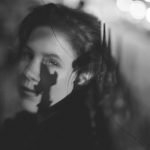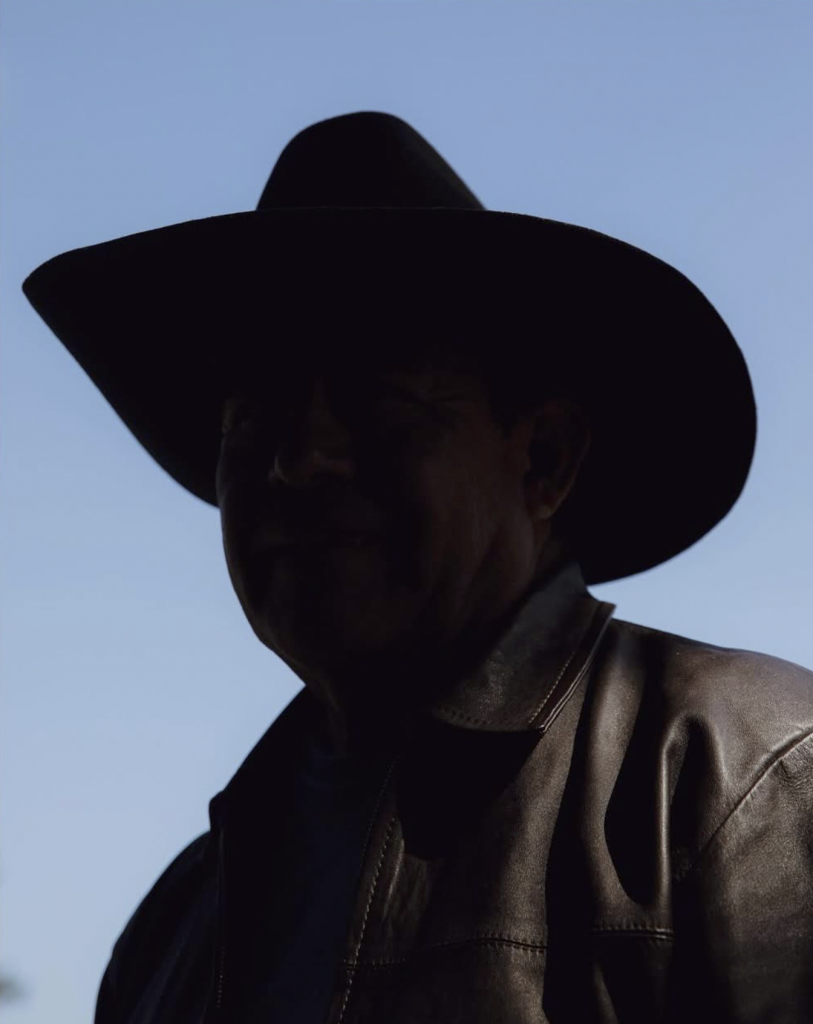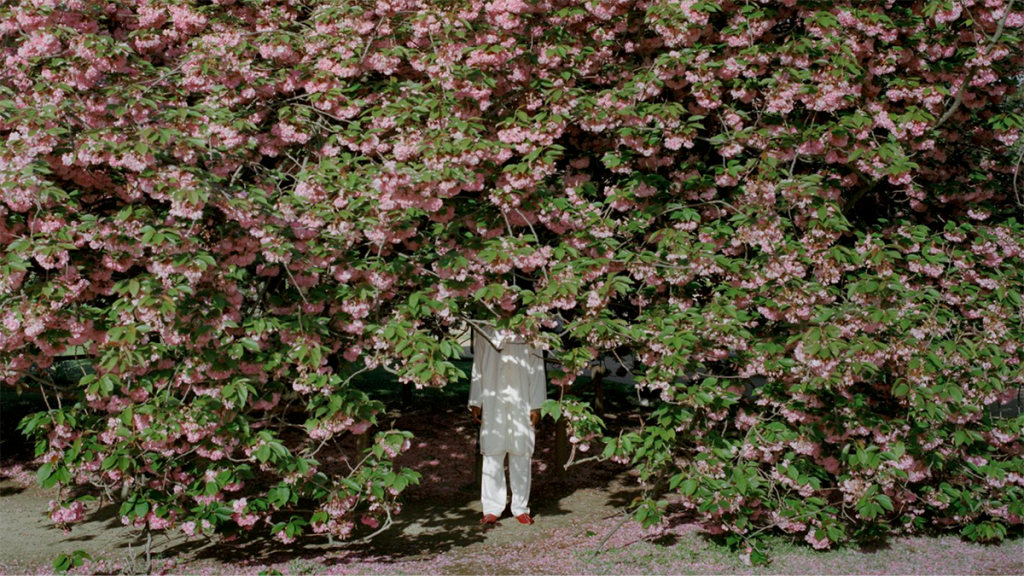
Photo: Camille Farrah Lenain
Anonymous portraiture
The presence in absence
In our workshops, students have shared images from anonymous portrait sessions asking, “Is this anonymous enough?” To which we respond: “Why are you asking us? Ask the individual in the photograph.”
“Anonymous” portraiture is a deeply personal and subjective process that must be guided by consent, dialogue and transparency throughout the session. The concept of anonymity varies for each individual. This means that we must continually clarify what degree of anonymity is necessary for the individual we are working with and we can only do this by asking them. This is crucial for safety and ensuring that everyone involved fully understands and consents to the process.
Working within the limitation of anonymity can open up an entirely new world of visual languages and possibilities. When done thoughtfully and collaboratively, the magic of ‘anonymous’ portraiture is that it invites viewers to engage with the emotional resonance of the narrative without the need for literal representation of the individual or the trauma.
But it’s a balance that requires careful attunement to both the ethical and artistic implications of how individuals are portrayed.
Covering sensitive topics and situations as photojournalists requires navigating a maze of ethical considerations and safety concerns. While anonymous portraiture serves a critical role in protecting identities, it also can be used in ways that contribute to negative stereotypes or misperceptions, such as casting someone who has survived trauma in shadows or obscuring their face in a way that is reductive.
Foundational steps in anonymous portraiture
- The participant gets to define what anonymity means to them.
- *Share images from the back of your camera as you are photographing to ensure that the degree of anonymity required is reflected accurately. In my own practice, if a participant is not comfortable with an image I made, I delete it immediately. I do not need to keep images that could cause harm or that may end up in the wrong hands.
- We must not rush.
- These sessions are anonymous for a reason. There is no need to push time limits. Less is more.
- Informed consent in this space means that the discussion around their comfort and safety is ongoing. The participant can tap out and change their mind at any moment.
- Even if a participant consents to a partial front-facing portrait, make a wide variety of fully anonymous alternatives. The participant has every right to change their mind. This gives space for that and gives you both plenty of options to work with.
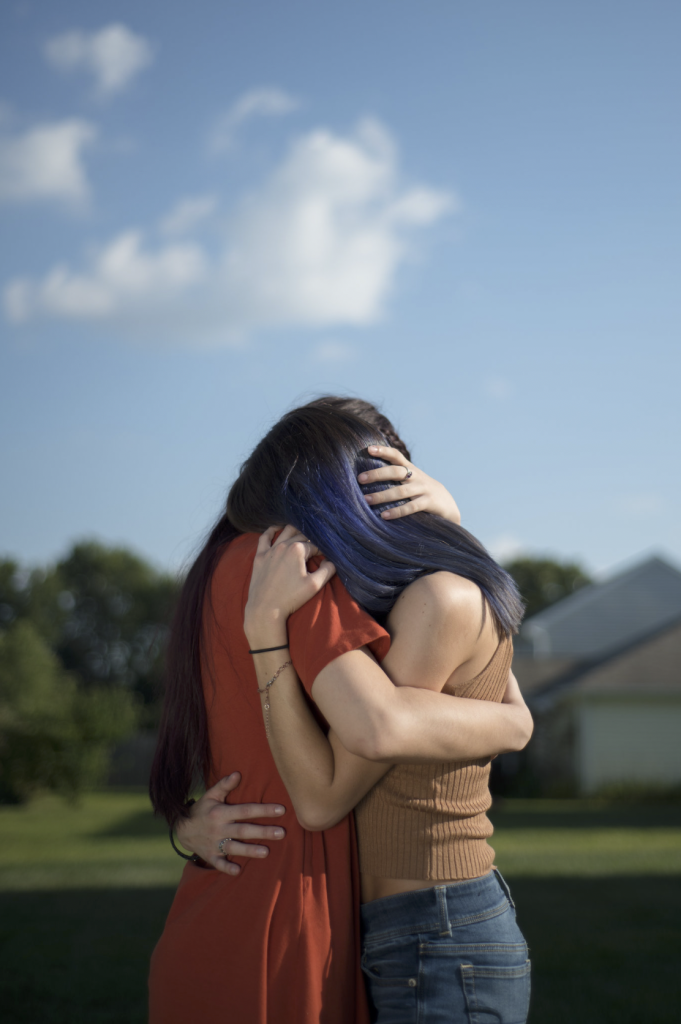
Examples of “anonymous” portraiture
Anonymous portraiture does not mean “portraiture with less.” A critical goal is to hide the participants identity. A critical failure would be to hide any other part of their essence. The point is to express them intimately, but indirectly. There is an entire universe of incredibly compelling, tender moments available if we can shift our focus to atmosphere, ephemera, traces, hints, impressions and mood by paying careful attention to how we are using the atmosphere, shadows, details of gestures and body, color, alternative ways of obstructing identity, glass, reflections and more.
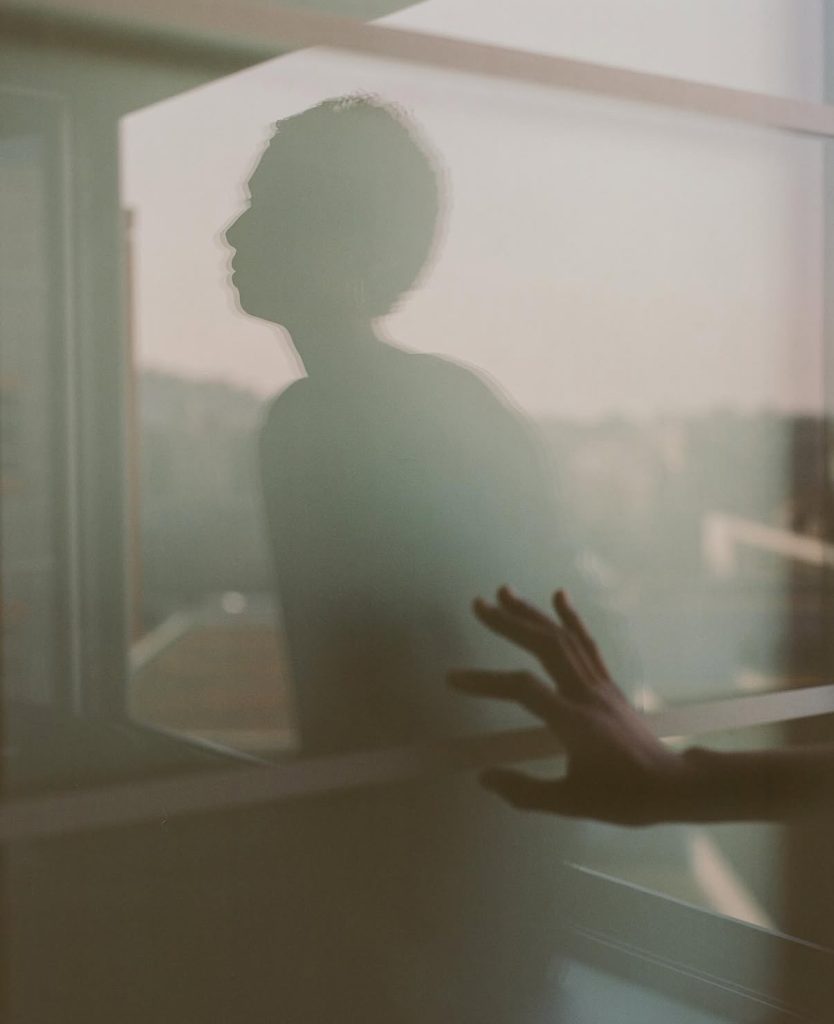
“The assignment was to visit the Home Depot near my house and speak with immigrant laborers who were waiting outside for hours, hoping to be hired. WSJ photo editor Dan Lyon and I had talked through the possibilities: anonymous portraits, detailed images, or the real chance that the men would tell me to leave. Some did. Others didn’t. For those who spoke with me, conversation came more easily than taking a photo. Making anonymous images in the middle of the day, with harsh light bouncing off black concrete, while men kept watch for ICE, required patience. I knew if I stayed long enough, maybe I could help them feel at ease.
Word spread quickly that a photographer was around. Some men walked off; others came closer. One man had plenty to say, even while selling merchandise to cars driving in and out of the lot. He allowed me to photograph as he worked. Most images didn’t work—too revealing, too direct. Then, a friend of his stopped by, and for a moment, he stood still. That’s when I took this frame. What drew me in visually was the sombrero and knowing I wouldn’t get shadow or moody light, nor much time. I leaned on the sombrero, a detail that identifies him as a laborer—yet one that could also put him at risk with government agencies. During the post, I darkened his face even more just for safety. This assignment was very challenging and pushed me to be instinctively creative in a space where I had to be extremely cautious.” — Zaydee Sanchez
Reflection questions
We would love to hear your insights, approaches, and experiences with anonymous portraiture to inform our work creating trauma-informed resources for visual journalism.
- What editorial and ethical conversations take place in your newsroom around approach, consent, and the level of control participants have over their image in sensitive stories requiring anonymous portraiture?
- Have you ever had to advocate for a more collaborative or transparent process with an editor when photographing someone anonymously? What was that experience like?
- Have you ever looked back on a published anonymous portrait and questioned how it might have been received by the participant or the public? What were your thoughts?
We also invite you to share examples of published anonymous portraiture that you consider exemplary or think would serve as helpful references for other visual journalists.
Please share your responses with us here.
*Editorial transparency note
It is common journalistic practice and a policy at most news and editorial outlets to not allow a participant to review a story or see any images that have been taken of them before it is published. However, when working with ‘anonymous’ portraiture, we recommend creating new rules. Some outlets may be hesitant, or simply say no to “allowing” participants to view images during the image-making process. It’s crucial to communicate these ethical considerations with assigning editors and organizations upfront and defend our process if necessary. Check with your assigning editor on the protocols and come to a shared agreement before moving forward.
Free online workshop
Safety in Focus — Bearing Witness, Staying Grounded: Safety and Source Care for Visual Journalists
October 2 10 AM PT/ 12 PM CT / 1 PM ET
This workshop, offered in partnership between CatchLight and the Committee to Protect Journalists, dives into the heart of trauma-informed journalism, providing essential strategies to protect mental health in high-stress reporting environments.
From assignment planning through post-publication, we’ll explore how to better care for ourselves and protect the people whose stories we tell, through sharing actionable tools and practices for emotional resilience, source care, and building professional and personal habits that prioritize both safety and compassion. Register and learn more here.
Cite this article
Jacklin-Stratton, Jenny; and Blesener, Sarah (2025, Oct. 1). Anonymous portraiture. Reynolds Journalism Institute. Retrieved from: https://rjionline.org/news/anonymous-portraiture/

